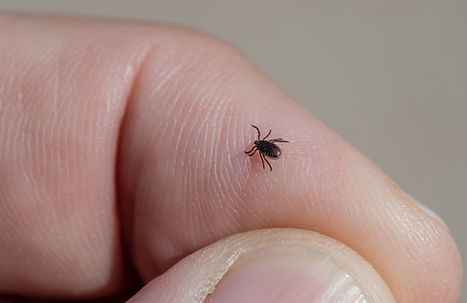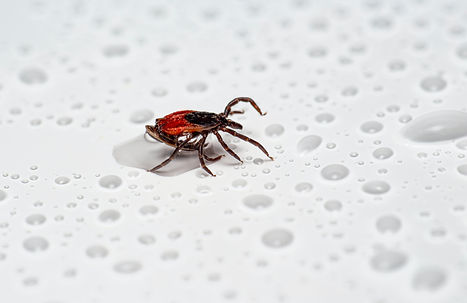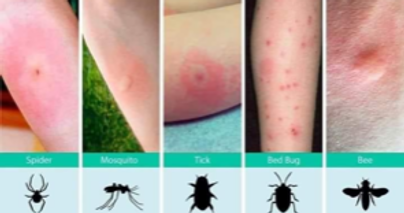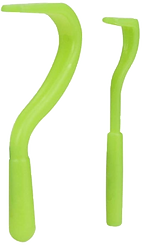
Tick-Borne Diseases & Lyme Disease
The dangers of tick borne disease are a sobering reality for those people that are in close proximity to deer, every year we have some 900 reports of lymes disease and in many cases the symptoms can go undetected for years. The transmission of lyme disease from deer to humans is carried by the tick through a behavior known as questing,they look for a host to latch onto, often by climbing to the top of a long blade of grass and waiting for a host to pass.
Sometimes known as Lymes disease, limes disease or lime disease your local GP can quickly and painlessly provide a clinical diagnosis for lymes disease or provide antibiotics to manage the symptoms, however, rather frustratingly it cannot be ruled out by a test.If you suspect that you have been bitten by a tick we recommend an appointment with a doctor.The symptoms include fatigue ,headache, fever, facial palsy or fainting, in addition you may develop a rash.
The main thing to look for at the site of the tick bite is a bullseye type discoloration.
TICK PREVENTION
Prevention is better than cure so here are a few tips to keep those pesky ticks away;
-
A well-managed deer population is obvious here but absolutely vital in controlling lymes disease
-
Awareness of your surroundings, stick to public footpaths and avoid long grass
-
An approved tick deterrent spray or cream containing deer.
-
Fitted clothing, tucking trousers into socks, and ingrained with permethrin, a type of insecticide
-
Check to clothes before you put them in the washing machine (ticks can survive a full cycle!)
-
Full body check especially on the upper parts of the thighs and buttocks
DEER TICKS ON DOGS
It is always recommended that dogs are checked regularly for ticks after a long walk in areas where there is a deer population, this is especially important on those early morning dogs walks or after rain. The unfortunate effects of Lymes disease are the same as in humans, however, dogs cannot communicate this to us and it may be some time before the owner finds a prognosis.


DOS AND DONT'S
-
DO NOT PULL THE TICK OUT
-
DO NOT BURN THE TICK
-
DO NOT USE VASELINE
-
DO USE A TICK REMOVAL TOOL
-
DO CHECK YOURSELF, YOUR CHILDREN, AND YOUR DOGS AFTER A WALK
-
DO GO TO A DOCTOR IF CONCERNED
-
DO GO TO A VET IF YOU ARE CONCERNED ABOUT YOUR DOG
-
DO STICK TO FOOTPATHS

A Tick removal tool like this is an invaluable bit of kit, takes up little room and costs pennies to purchase, with careful application alongside an Anti-septic wipe you can be sure to detach the Tick with the head and jaws still in place.

.png)